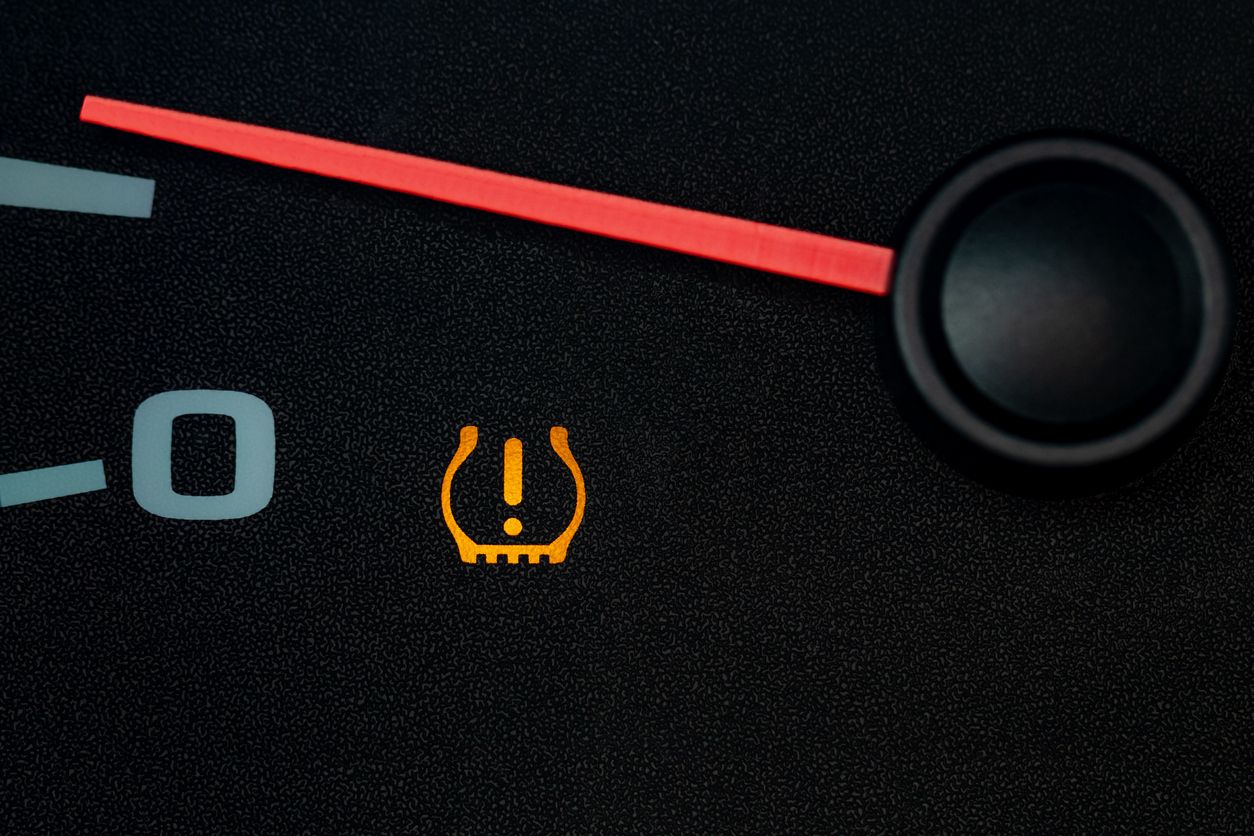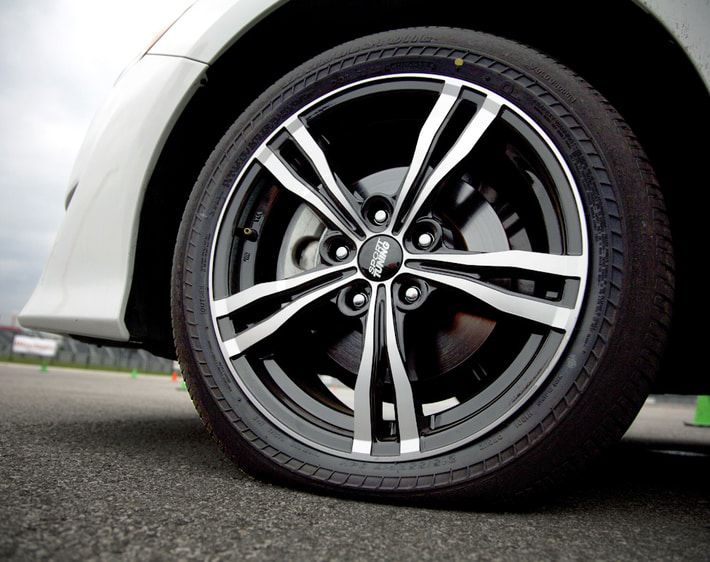Modern vehicles are outfitted with all kinds of systems to make sure you know when something is wrong. Whether it's an audible alert or a light on your dash, your car's technology helps you stay in the know. One of these important alert systems is the TPMS system and light. But to know that the light means, it's important to first look at what TPMS is and what it does.
What is TPMS?
TPMS, or Tire Pressure Monitoring System, is a system in your vehicle designed to notify you when your tires are under-inflated. This early-warning system can help save you from bigger problems due to flat tires, irregular or rapid tread wear, reduced fuel economy, poor handling performance, and even irreparable tire damage and failure.
TPMS will either use sensors in the wheels that are connected to the valve stems or sensors banded in each wheel well. The sensors measure inflation in each tire and send that information to the computer in your car. If the tire pressure reads too low, the TPMS light on your dashboard will illuminate to notify you of a tire's low pressure.
What Does the TPMS Light Mean?
The tire pressure monitoring system light, shaped like a horseshoe with an exclamation point in the middle, normally means that you have a tire with low pressure. If you see the TPMS light illuminated, it's best to stop driving and check the air pressure in each tire. Ensure they are inflated to the vehicle manufacturer's recommended PSI level. You can find this number in the door jamb of your vehicle or in the owner's manual. There are a few different ways your TPMS light can alert you.
TPMS Light Turns On While Driving
If the TPMS light turns on while driving and doesn't turn off, it probably means that one or more of your tires are low on pressure. If the light comes on and stays on, it's best to pull over and check the air pressure in your tires.
TPMS Keeps Turning On and Off
A change in the outside temperature can affect the air pressure in your tires. For instance, an unusually cold morning could cause your tires to drop in pressure, which could in turn trigger your TPMS light. As the day warms up, however, the air in the tire will return to normal, causing the TPMS light to turn off. If the TPMS light keeps turning on and off, check each tire with a tire gauge and ensure each one is properly inflated.
TPMS Light Flashes and Then Stays On
Every time you start your car, you may notice all of the lights on your dashboard illuminate and then turn off. But if your TPMS light flashes and then stays on after you've started the car, it means it's time to get your TPMS system checked. But exactly what does "check your TPMS system" mean? It's usually an indicator that there is an issue with the system or it is not functioning properly. If this is happening, head to your nearest Firestone Complete Auto Care to get your system serviced immediately to ensure the system is able to warn you when your tire pressure is too low.
Ensure Your TPMS is Working Correctly
Your vehicle's tire pressure monitoring system is designed to help you take care of your tires. But if your TPMS is broken or improperly fitted onto your wheels, it could get damaged while you drive. This damage could even lead to a loss in tire pressure or other TPMS defects.
Don't let TPMS malfunctions keep you from driving safely. Ensure your TPMS is working correctly by getting it serviced by the professionals at Firestone Complete Auto Care. We'll make sure each wheel sensor is functioning as it should so your TPMS system can alert you accurately.



